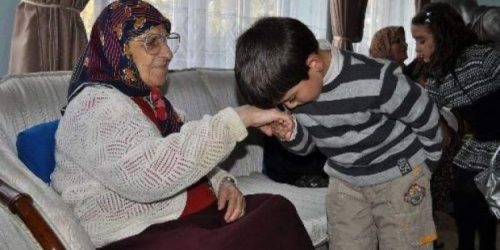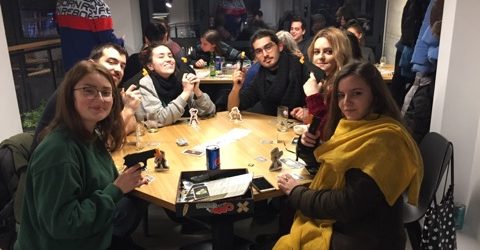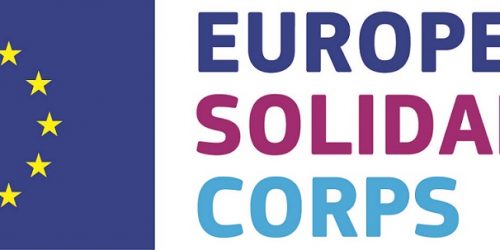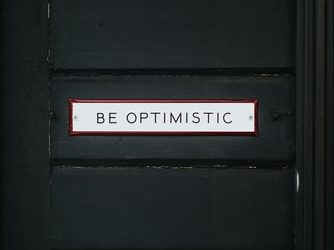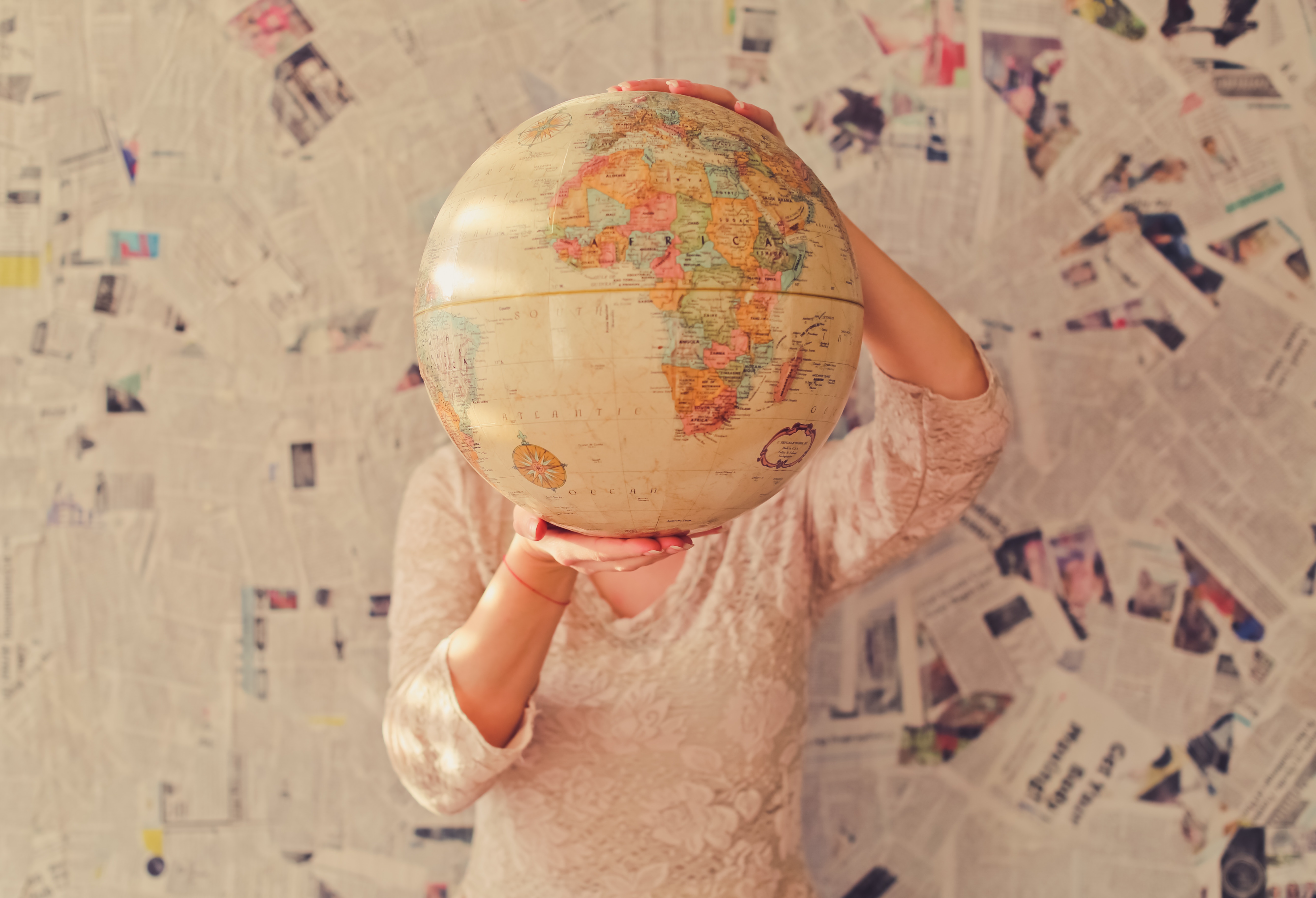Trip to Bosnia
As has been said in previous publications, this type of volunteering gives us the opportunity to travel. In particular, being in Croatia we can know Balkan countries less tourist but no less interesting. A few weeks ago I had the luck of going Bosnia and Herzegovina, a country that a priori I did not know at all but it has captivated me.
I made the trip with four more volunteers, so it was very cheap to rent a car and be able to squeeze more the adventure.
We started the trip by setting our first destination in Banja Luka, where we could see the Hram Hrista Spasitelja Orthodox Church.
We continued our route to Jajce, where the Pliva waterfall is the most characteristic thing. This enormous waterfall is in the middle of town, and it is the meeting of two rivers established the region in the 14th century as the capital of the then Kingdom of Bosnia. There is a path that can be accessed and see the waterfall a few meters away. Near of this waterfall, you can find the Pliva lakes, where we can see the water mills (a collection of about 20 little huts that once served as watermills for local farmers).
To end the day, we arrived to Sarajevo, the country’s capital, where we did a night route and and we ate typical food at a very cheap price. One of the wonders of this country is how cheap it is to eat.
Nest day, we went to make an historical route. The el “tunnel of hope” was our first stop. During the war, All kinds of entry and exit of people, food and weapons in Sarajevo were blocked, looking for the surrender of the city and with this, that Bosnia renounced its independence plans. Therefore, The Bosnian army with the collaboration of a family, built an 800-meter tunnel under the house of this family that allowed during this time the entry and exit of people, food and weapons.
After knowing a little more about the history lived in the country, we went to the mountains, sniper strategic point, where there are beautiful views of the city.
We continued our tour, taking a walk through the historic center, where we fell in love with Baščaršija, the old Sarajevo bazaar built under Ottoman rule.
Then, we went to the Museum of Crimes Against Humanity and Genocide. This museum was really shocking for me. We all know what war is. Or this is that we think. But actually, we are so far away about this reality that we are not able to empathize with what these people suffered, and it was barely 20 years.
So it makes me think that many people of my age, have to have irreparable traumas, sequels of all kinds and of course losses of relatives. It makes me think also, Where was Europe? This Europa that condemned the Nazi genocide, but it closed their eyes to this. And of course, Where are we now? While there are lots of wars around us …
Next day, we went to Mostar, And although the weather was not good, the city was really beautiful. A curious fact about this city is that the bridge was destroyed during the war to isolate the population.
Finally, we finished our trip by visiting the incredible Kravice Waterfalls. The images speak for themselves.
Bosnia, the geographical center of a region of the world that has been chaining to years and years of bellic suffering, and it has continued forward relying on the past as a driver of change. A country that doesn’t leave indifferent.

